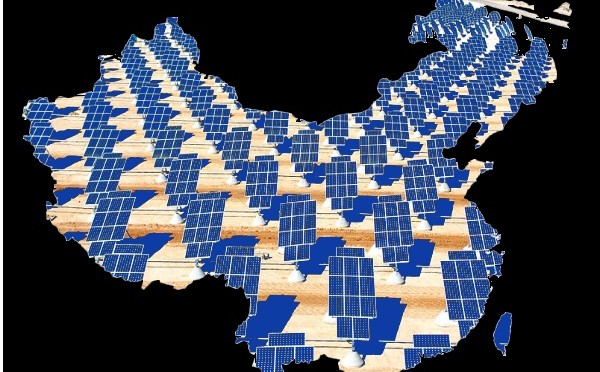
China’s rise in solar panel manufacturing began in the late 1990s when the German government introduced a financial incentive programme to encourage businesses and homeowners to install rooftop solar. Overwhelmed by the response, experts enticed China into making solar panels to meet German demand. It then over took the US, who invented the technology, own much of the world’s patents and held the top spot for more than 3 decades.
In 2013 the Chinese government began rolling out solar subsidies to encourage its own domestic uptake developing its own “feed-in tariff” that paid handsome prices for electricity generated by rooftop solar. The demand was so great that in two years, China’s domestic market bypassed Germany’s to be the largest in the world.
In light of Donald Trump’s decision to withdraw from the Paris Agreement, China could present itself as a new leader in the fight against climate change. Hua Chunying, a spokesperson for China’s foreign ministry said
“China will stay committed to upholding and promoting the global governance on climate change, and take an active part in the multilateral process on climate change. We will work with all relevant parties to safeguard the outcomes of the Paris Agreement, press ahead with the negotiation and implementation of the enforcement rules, and promote green, low-carbon and sustainable growth of the world.”
Having previously fuelled its economic growth through heavy coal usage in industrial sectors, in 2016 China was responsible for a third of the world’s total carbon emissions.
China plans to plough 2.5 trillion yuan (upwards of £292 billion) into renewable power generation by 2020. This increase in investment is set to boost output from renewable energy from 11% to 20% by 2020. China’s significant investment in renewals is estimated to bring 13 million new jobs to the sector.
It’s a stark contrast to what we saw in the UK in 2016 where it is thought there were some 12,500 job cuts in the commercial solar sector. The amount of solar power the UK installed last year fell by half compared to the total installed in 2015. The decline was as a direct result of the government drastically cutting the subsidy offered to businesses and households and ending subsidies for large-scale solar farms.
But despite the slowdown, the UK led the rest of Europe in terms of solar growth with 29% new capacity, followed by Germany with 21% and France with 8.3%. Germany, which still heavily subsidises the solar industry remains Europe’s top producer for total solar capacity, with Italy second.
China’s path to the biggest solar energy producer has certainly been helped by its rural landscape as it lends itself to large solar energy farms. Having said that, China are not just installing solar panels on potential farm land. In June 2017, it further underlined its role as the global leader in renewable energy by switching on the world’s largest floating solar power plant. It has a capacity of 40 megawatts (MW), enough to power a small town.
Could China create a global grid of solar energy?
In a meeting with the United Nations, Liu Zhenya, China’s former chairman of their state owned power company, State Grid Corp., spoke of the country’s solar objectives. Zhenya said China had plans to organise a global power grid that could transmit 80% renewable energy by 2050. He calls his idea the Global Energy Interconnection. His speech invited U.N. support for a new international group to plan and build the grid.
Globally there is now 305GW of solar power capacity, up from around 50GW in 2010 and virtually nothing at the turn of the millennium. If China continue with their solar domination and ambitious proposals for the future then we will see significant changes to how the world generates its energy within this generation.


